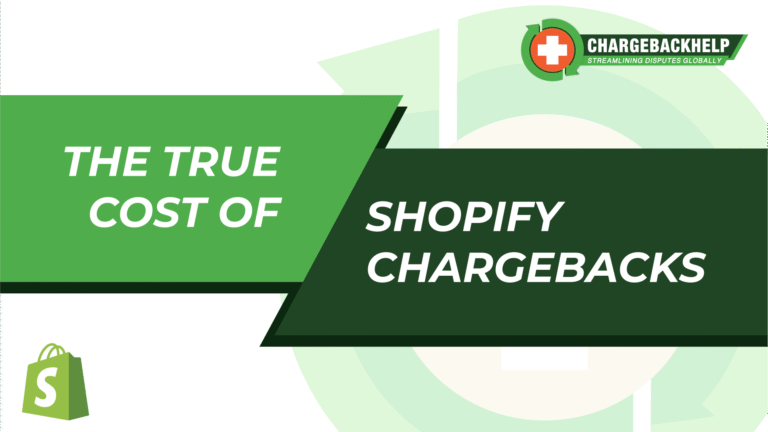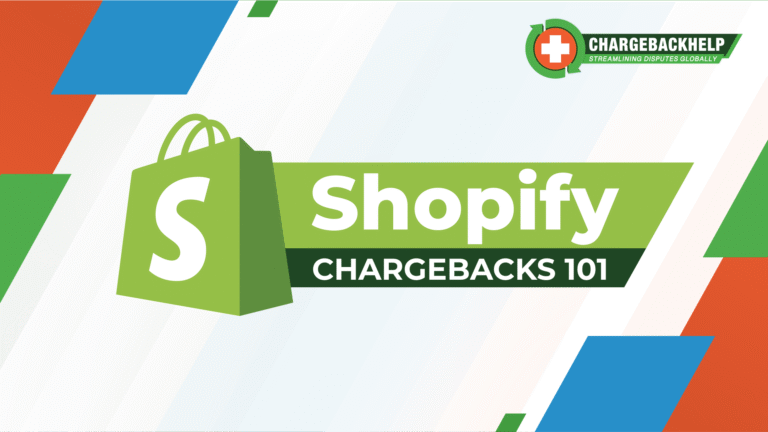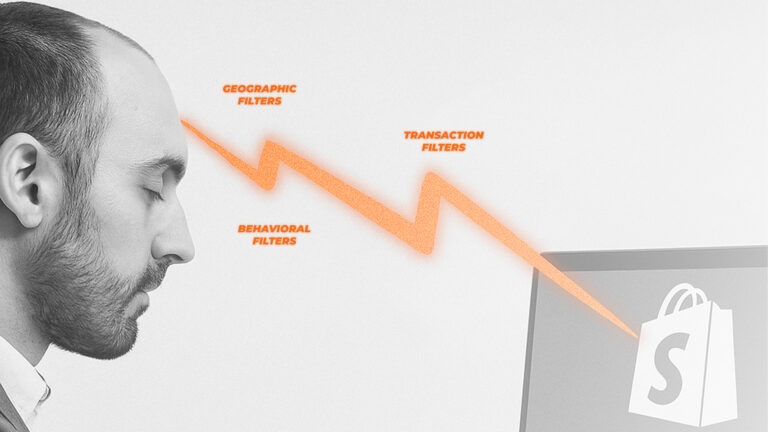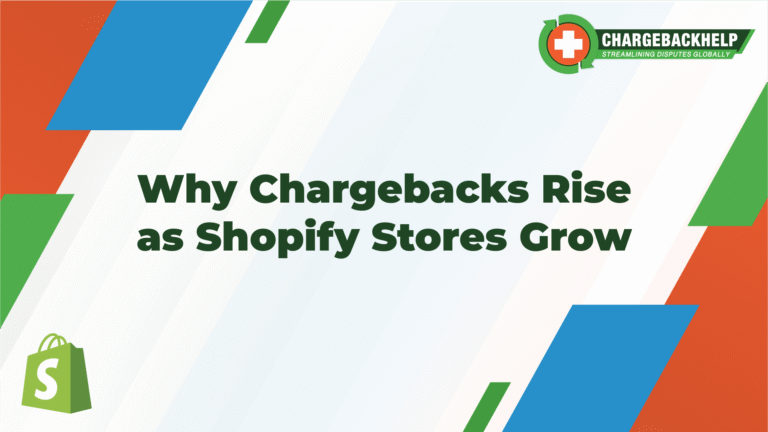How to Respond to a Chargeback on Shopify
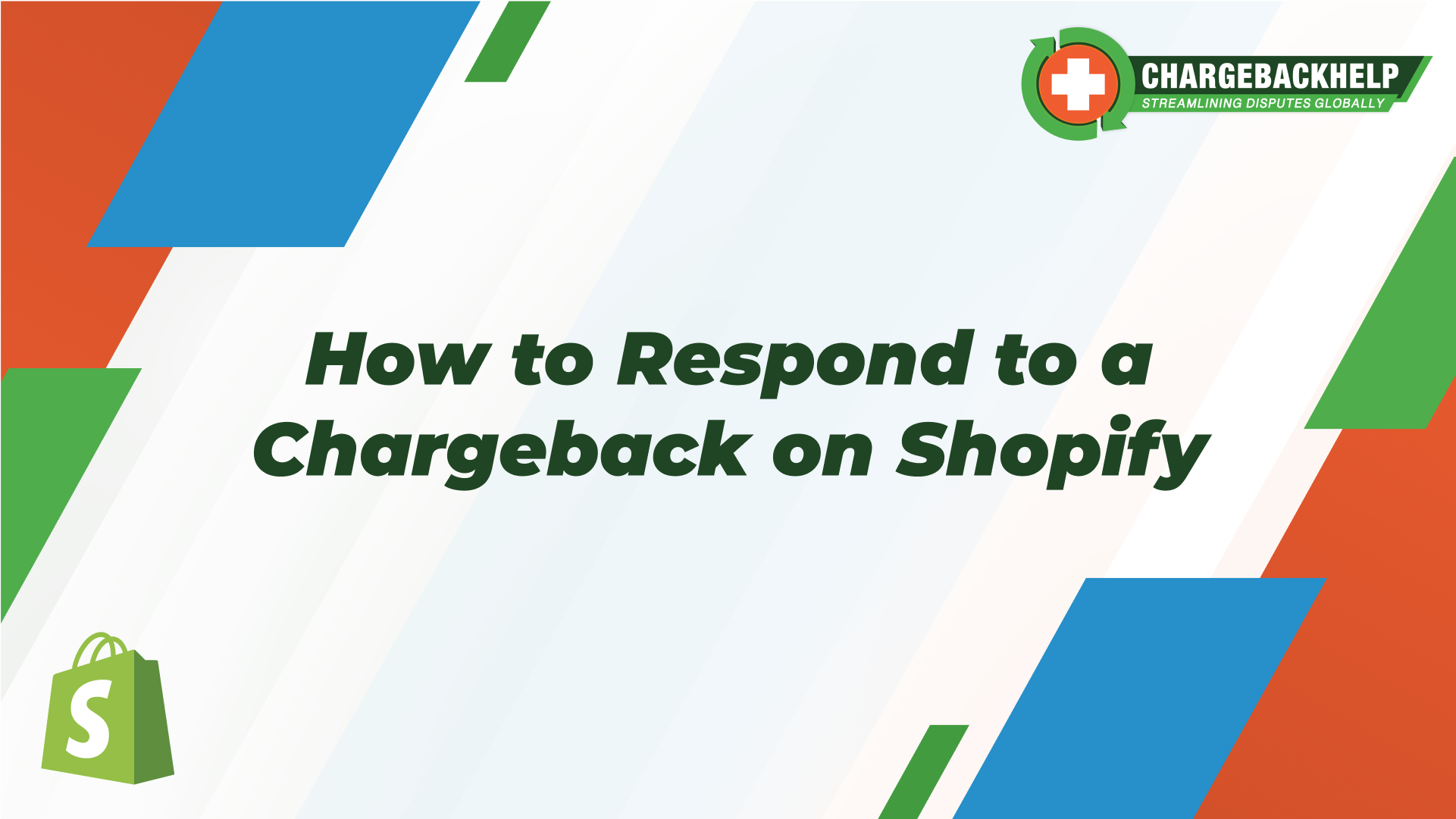
Understanding Chargebacks on Shopify
A chargeback on Shopify occurs when a cardholder disputes a purchase, and the bank reverses the payment. Shopify’s built‑in resolution process allows merchants to submit evidence and respond within tight deadlines. This guide explains each step, from reviewing the dispute to compiling compelling evidence, and highlights additional help available through dedicated chargeback management companies.
The moment a chargeback is filed against a Shopify seller it triggers an automatic review process where funds are withdrawn until the dispute is resolved. The key point is speed: Shopify provides a specific window to respond, usually within days, and missing this deadline can result in a permanent loss of funds.
Shopify automatically gathers order details like receipts, tracking numbers, and customer communications, but merchants must still review the data and add any extra documentation that strengthens the case.
How Shopify’s Dispute Resolution Works
When a chargeback is filed, Shopify notifies the merchant in their admin dashboard and by email. The system outlines the reason code supplied by the card network and provides a deadline to respond. Merchants can then prepare their evidence package directly inside Shopify’s platform and submit it for review.
The issuing bank reviews all submitted material and decides whether to return the funds to the merchant or uphold the cardholder’s claim. This decision is final within the network’s rules, meaning it is critical to get the response right the first time.
Step-by-Step Response Process
1. Review the Chargeback Details
Start by reviewing the reason code and any notes from the issuer. This tells you whether the dispute is about fraud, product quality, or non‑delivery. Understanding the root cause helps determine which evidence to prioritize.
2. Gather All Supporting Evidence
Evidence should address the reason code directly. For fraud claims, provide AVS or CVV match data and login records. For non‑delivery claims, include tracking numbers and proof of delivery. Screenshots of order confirmations, email communications, or refund offers can also strengthen your case.
3. Submit Through Shopify
Use Shopify’s built‑in dispute response form. It automatically pulls key transaction data and lets you upload additional files. Carefully check for accuracy and ensure every document is legible. Submissions cannot be changed once sent.
4. Monitor the Outcome
After submission, Shopify updates the case status in the dashboard. Banks typically take weeks to rule. Use this waiting period to review your processes and see if preventive measures can stop similar disputes from happening again.
Preventing Future Chargebacks
Winning a chargeback is helpful, but prevention saves far more time and money. Clear product descriptions, accurate shipping timelines, and prompt customer service reduce misunderstandings that trigger disputes. Strong fraud screening also filters out unauthorized transactions before they can cause problems.
Shopify integrates with third‑party fraud prevention tools and supports address verification and 3‑D Secure authentication, which provide additional layers of protection.
Getting Additional Help Beyond Shopify
While Shopify provides a solid framework for handling disputes, some merchants with high transaction volumes or higher risk profiles benefit from specialized chargeback management companies. These providers focus on gathering compelling evidence, managing representments, and analyzing dispute trends to improve win rates over time.
Companies like ChargebackHelp work across multiple networks and platforms, helping merchants understand broader risk trends and strategies for prevention. They can also integrate alert‑based solutions and representment services to minimize revenue loss without adding extra workload for the merchant.
Next Steps for Merchants
If chargebacks are cutting into profits or creating operational headaches, review Shopify’s built‑in tools first, then evaluate whether outside help makes sense. A combined approach often provides the strongest defense: platform tools for immediate responses and specialized partners for complex or high‑volume cases.


